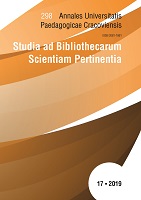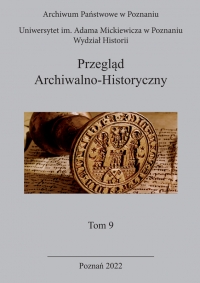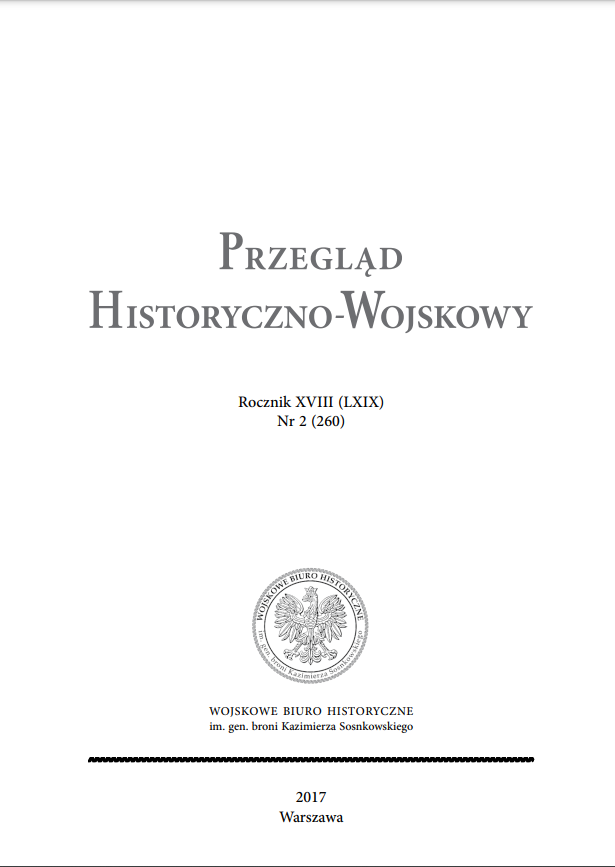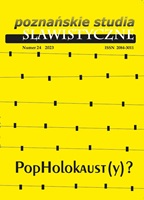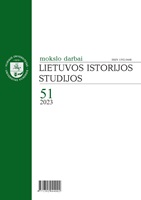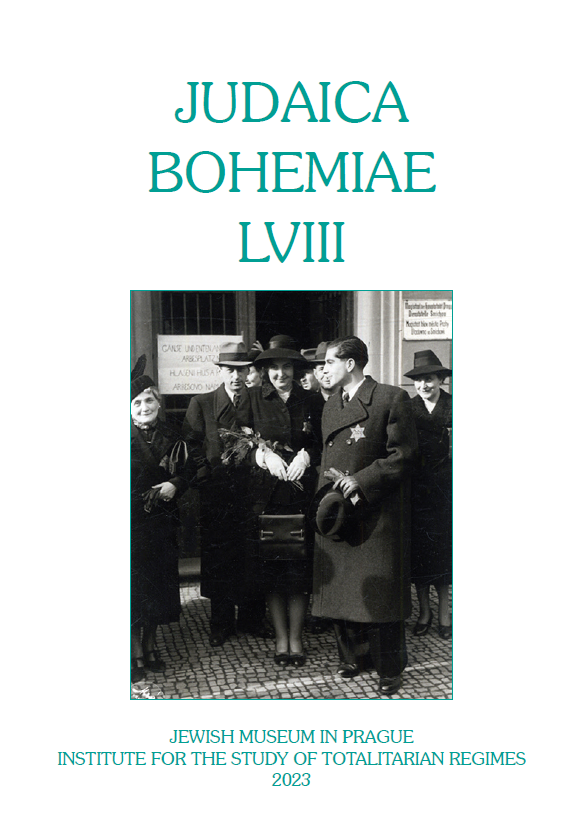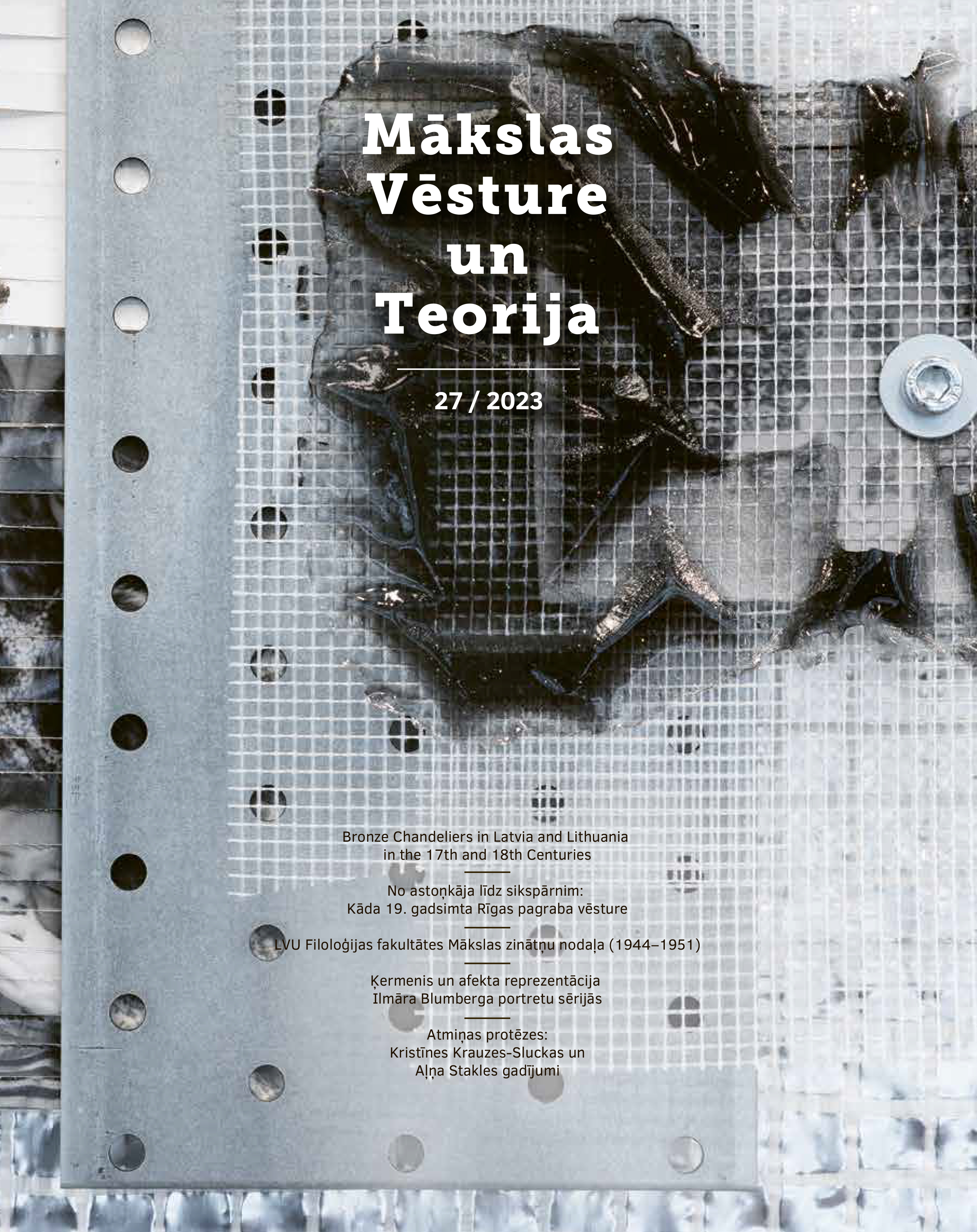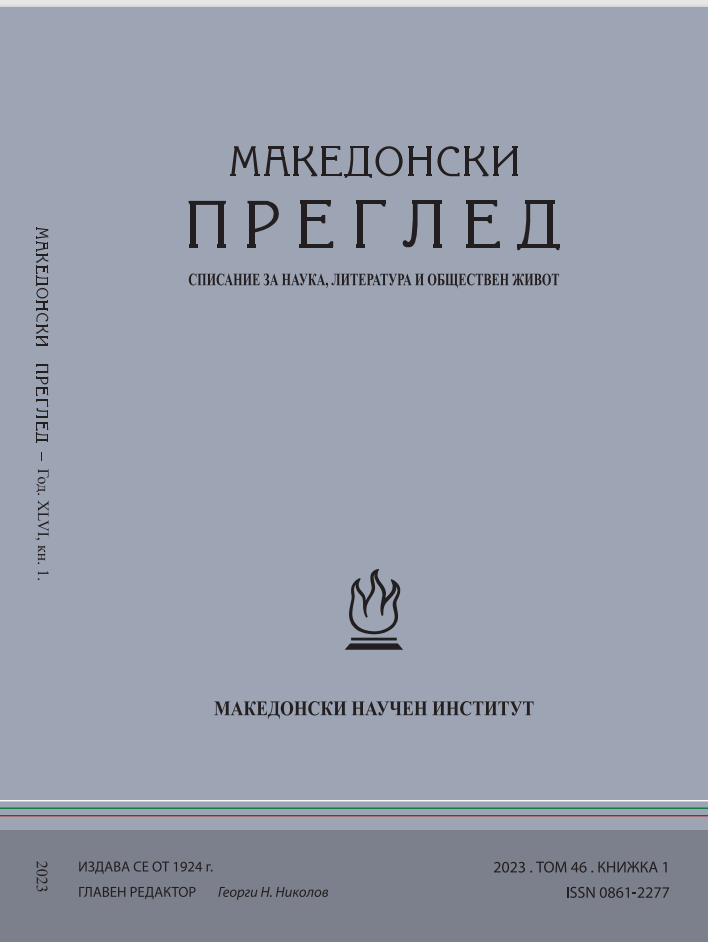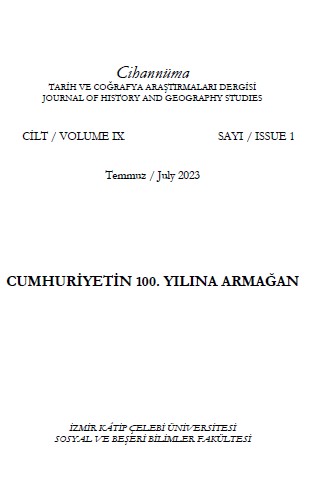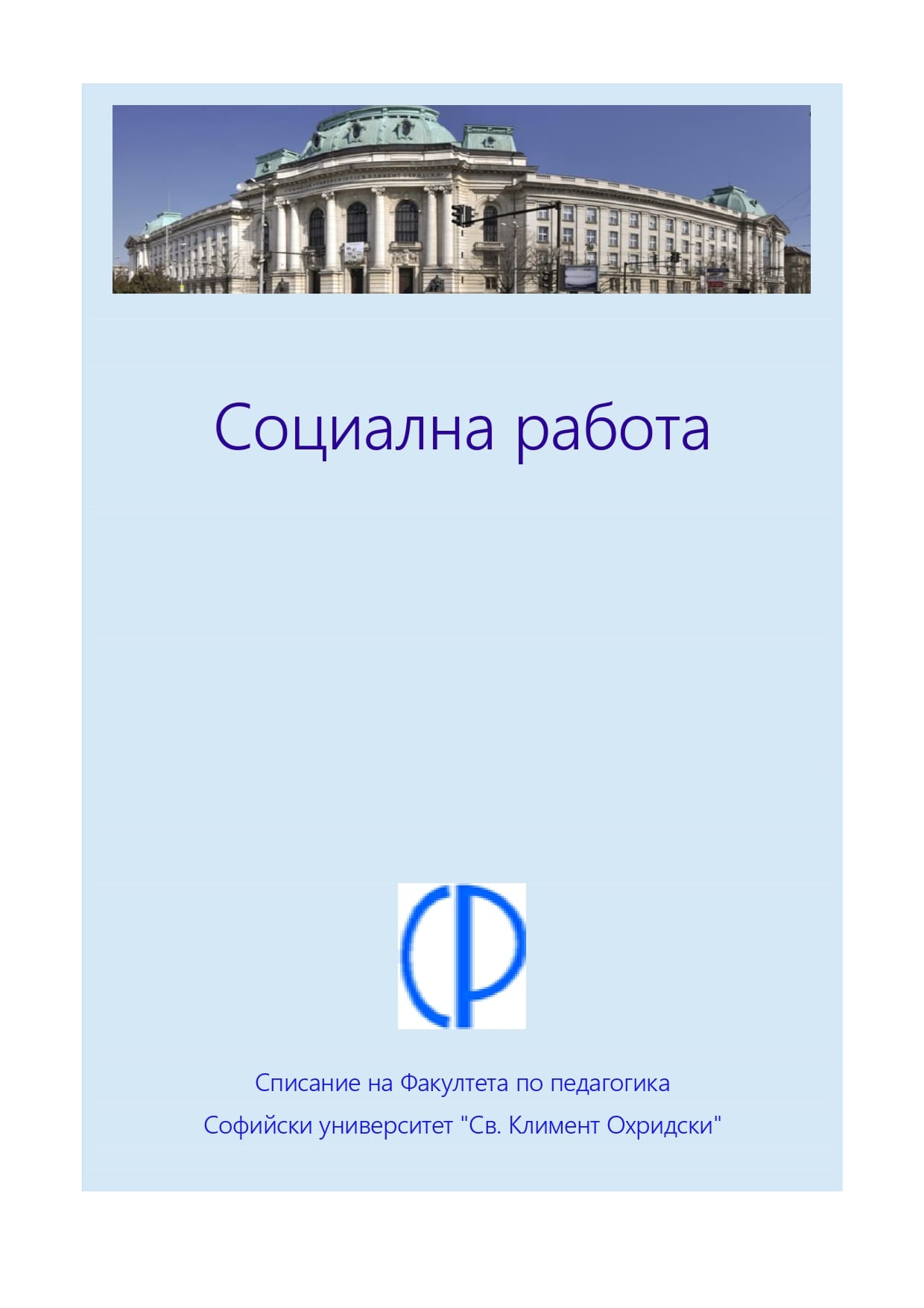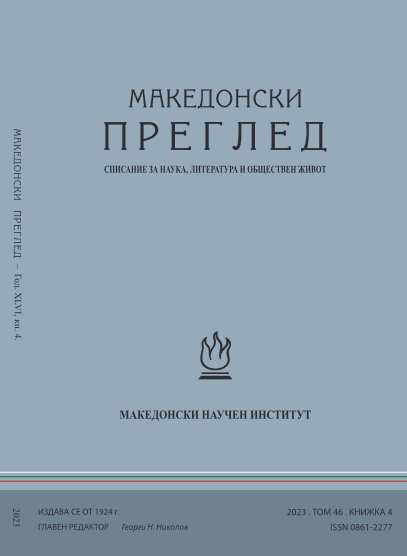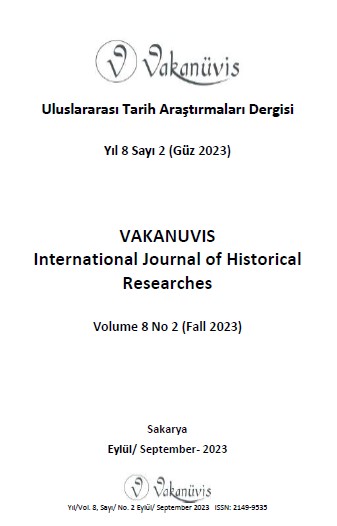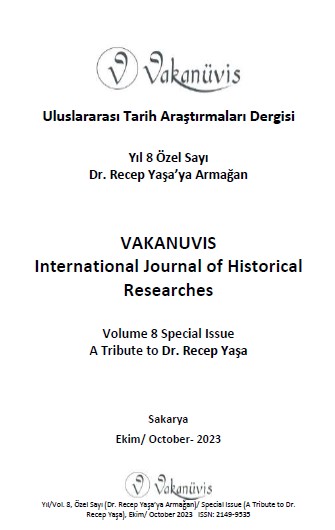Author(s): Jānis Kalnačs / Language(s): Latvian
Issue: 27/2023
Art history was not taught at the higher level in the Republic of Latvia before the Second World War. A separate course of art history was offered to students of the Art Academy of Latvia as well as the future architects trained at the University of Latvia. The Art History Department was established at the State University of Latvia (SUL) in late 1944; this was the former University of Latvia renamed after the reoccupation of Riga by the USSR. According to tradition, the department was made part of the Faculty of Philology. It was tasked with the training of general as well as Latvian and Russian art history teachers alongside employees of museums and other cultural institutions. Roberts Pelše, a Bolshevik since 1898 and a survivor of the 1930s purges in the USSR, was appointed dean of the Faculty of Philology and also headed the Art History Department and Art History Division. He had authored a large number of publications and described his activities as writing “about all kinds of art and issues of cultural policy”. The Art History Division whose instructors lectured on special courses, included Professor Pelše who taught introduction to art history alongside Professor Kristaps Eliass, Docent Jēkabs Strazdiņš, senior lecturers Milda Palēviča, Viktor Tretyakov and Ādolfs Kāpostiņš as well as assistant Alise Lāce. Milda Palēviča, philosopher and Henri Bergson’s follower who obtained her PhD in philosophy from the University of Paris in 1925, lectured on the history of aesthetic doctrines. Soviet Russian émigré poet, translator and painter Viktor Tretyakov taught drawing, technical drawing and the history of Oriental art. Ādolfs Kāpostiņš who graduated from the departments of archaeography and art history of the Moscow Institute of Archaeology, lectured on the history of Russian art. Painter and art critic, Docent Jēkabs Strazdiņš can be considered the first academic-level lecturer on the history of Latvian art. Professor Kristaps Eliass who, like Palēviča and Kāpostiņš took part in the 1905 Revolution but later studied art history at the University of Brussels, was invited to deliver general art history courses. A “foreign body” in both the SUL and the Art Academy was Mikhail Funk. The Soviet Army officer who graduated from the Art History Department of the Moscow University after suffering shellshock arrived in Riga to teach the most ideological courses (Soviet art history, art theory and analysis of artworks) for which no lecturers could be found in Latvia. Several subjects were taught by “class lecturers”. For example, writer Jānis Bunduls lectured on the psychology of perception and creation. The initial ideas to offer students broader insights into different cultural fields are evident from the plans to invite Nikolajs Kačalovs (music history) and Kazimirs Jalinskis (theatre history). Jānis Niedre, a writer with a rich Communist Party and Soviet work experience (he was a member of the illegal Latvian Communist Party and took part in the changing of cultural life during the first year of Soviet occupation), had studied history at the University of Latvia and worked at the State History Museum for a few years but took up folklore during the war. Niedre played an important role in the post-war Faculty of Philology and delivered courses on ethnography and folk art to the future art historians. The Art History Division assistant Alise Lāce had a dramatic fate, having been tasked with an almost unbearable workload during the last period of the Art History Department’s functioning. In spring 1949, she often replaced the ailing head of department Pelše as well as lectured on Greco-Roman and Renaissance art alongside museology. Several teachers’ lectures were available to students for only a few years. In 1948, several known intellectuals were dismissed from the Faculty of Philology, accused of “not taking the Soviet scientist’s stand”. Palēviča and Tretyakov were among them. In March 1949, Strazdiņš was arrested and sentenced under paragraph 58 of the Criminal Code of the Russian Soviet Federative Socialist Republic, then often used in the Baltic countries occupied by the USSR. Eliass, who was a social democrat and member of the parliament of the Republic of Latvia, was fired a little later but after two years dismissed from the Art Academy and sentenced under the same paragraph.In 1949, All-Union curricula were introduced in the Faculty of Philology that had earlier relied also on local authors’ pre-war publications and Western European authors’ works. Most students at the Art History Department were girls with humanitarian interests because most of Latvia’s young men were drafted into the German army. In summer 1950, the department was rapidly nearing its end. The 2nd study year students were transferred to the Departments of Journalism, Latvian, German and English Philology as well as the Library Department. The Art History Department only saw three graduations (1949, 1950 and 1951) but the number of graduates was quite large, reaching 36. The Art History Department and Art History Division that lasted for seven years at the SUL started the academic training in art history in Latvia, of course, bearing the stamp of the Soviet ideology. The department was closed mainly due to the lack of suitable lecturers. The education obtained, although stuffed with Marxist-Leninist dogma, provided enough skills to enable graduates to lecture at the Art Academy, work in the Soviet Latvian Artists’ Union and museums, write books, compile catalogues and publish in the press. The most significant graduates of the department, such as Tatjana Kačalova, Rasma Lāce, Miķelis Ivanovs and Jānis Pujāts, had sharply different fates and relationships with the Soviet power, deserving deeper studies. They determined much of what happened in Latvia’s cultural life up to the National Awakening in the late 1980s. There is no reason to describe the first post-war Faculty of Philology as an island of intellectual freedom; however, students of the time had a chance to hear professionals who did not obey or failed to adapt to the simplified requirements of Soviet authorities.
More...

